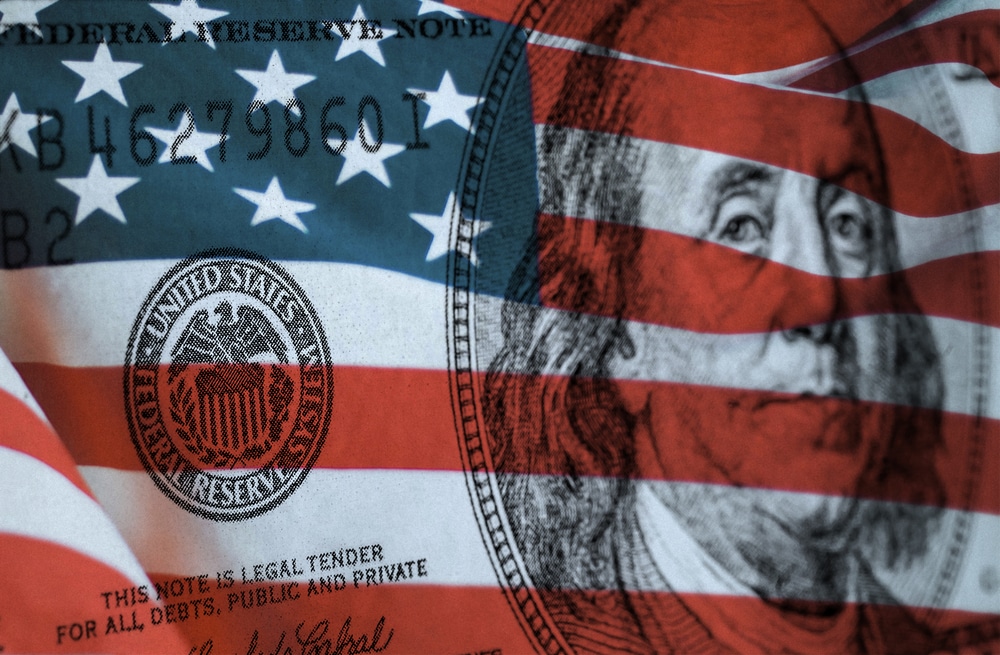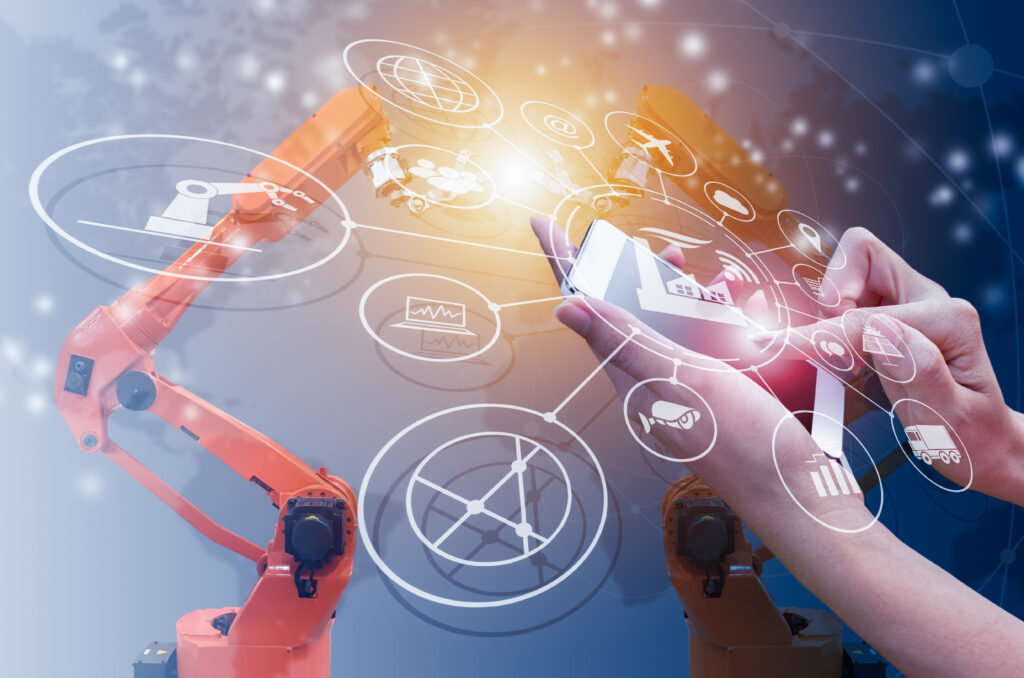The Two-Handed Economist

Weighing Costs and Benefits in Complex Decision-Making
Harry Truman famously said he wanted a one-handed economist—one who wouldn’t constantly alternate between “on one hand . . .” and “on the other hand . . .”. It is certainly true that we economists are a group that is very insistent on weighing both costs and benefits of any particular decision. In our field, the willingness to consider costs even when you believe the benefits to be overwhelming (and vice versa) is vitally important. This seems to me to be a dying art in our increasingly polarized society, and never more so than in the time of COVID-19.
As a brief (and fraught) example, let’s consider mask wearing. In public discourse, I hear one side consider only costs: Masks are uncomfortable, they make social interactions more difficult, they come with monetary costs, they limit personal freedom, and so on. Meanwhile, another side considers only the benefits of mask wearing: They protect others from infection, they slow the spread of COVID-19, etc.
In reality, of course, there are both benefits and costs to wearing masks in our daily lives. To make good decisions, we need to get as much information as we can about both and then weigh them dispassionately. In most cases, this is very hard work. It is much, much easier to default to “I’m on Team Red and my team says X” or “I’m on Team Blue and my team says Y.” Unfortunately, if I identify strongly with my “team,” it also means that this decision is now a part of my identity and I become even less willing to listen to evidence regarding the cost or benefit of the other side.
In my view, this has become particularly unfortunate as we talk about another COVID-related issue: the merits of continued school closures. As a parent, I was recently asked to decide whether to send my kids back to school. This required me to weigh the very real costs and benefits of either choice. There are a lot of benefits to sending kids back to school. Kids are tired of being at home. Being with kids their own age is good for them, and it would certainly make it easier for their parents to work. In-person instruction is almost certainly more effective than the hastily assembled plan for online instruction (although it can be hard to make the decision based on this factor, because many parents were asked to decide without information about what the virtual option would actually look like).
What about the costs of sending kids back to school? There is generally one large cost: the possibility that someone will become infected with COVID-19. Unfortunately, the probabilities of this are very difficult to ascertain. How effectively will the school be able to distance? Will people wear masks consistently and properly? How many students will choose to return? How fast are test results returned in the area? How will contact tracing be performed?
Given the uncertainties, going back to school seems very risky. Yet on the other hand, we could dive even deeper into the costs of virtual schooling, looking beyond the cost to individual families to see the huge potential societal costs. For example, in many cases only families privileged enough to have an at-home parent will be able to do online schooling reasonably well without an effect on their livelihood. A family may manage two full-time working parents and school responsibilities, but likely with decreased quality of both, and only if one or both parents have flexible jobs that can be done from home. I’m also afraid for what continued virtual teaching will do for female labor force participation—because, let’s face it, it will be largely moms who drop out of the labor force to accommodate this option. That will in turn have a long-term impact on the gender wage gap.
I’m also worried about families living close to or in poverty. Many people will be forced to leave children home alone so that they can go to work. And many of these will be kids who were already at risk and who need quality, in-person instruction, free breakfast and lunch, and the other benefits of being physically present at school. Children for whom English is a second language will be at risk of falling behind their peers without the English-speaking environment that school provides. Ultimately, I can’t see any way in which continued school closures don’t increase racial wage gaps.
The costs of online education extend to colleges as well, where the virus risk is probably worse than K–12. Unfortunately, not only does going remote mean that students miss out on much of what makes college such a transformative experience; it also deeply impacts the revenue stream of institutions. Closed dorms, shuttered dining facilities, and canceled athletic seasons put stress on institutions already strained by changing demographics. I fear that this will be the end of most, if not all, small private colleges, which have much to commend them.
We are in the midst of a great experiment. It is very likely that history will conclude that opening schools during COVID-19 was either a grand victory or a foolish risk. Whichever the outcome, I hope that you will remember that no decision is without cost, just as no decision is without benefit (why else would we bother to weigh them?). My urge to readers is not to make one decision or the other, but to bring the spirit of the two-handed economist to such debates. Rules of thumb, such as deciding by party line, make decisions simple, but they are no substitute for carefully weighing costs and benefits.





Everything Is Bigger in Texas—Including the Budget
August 23, 2022